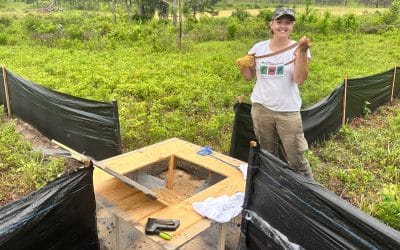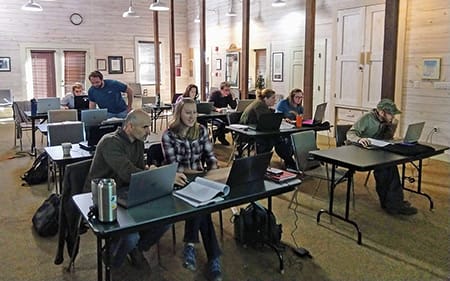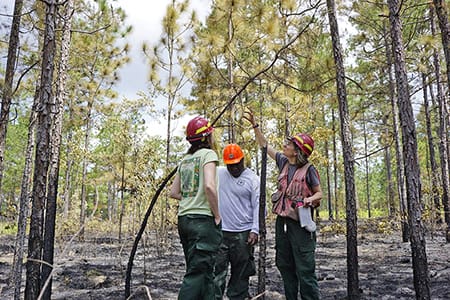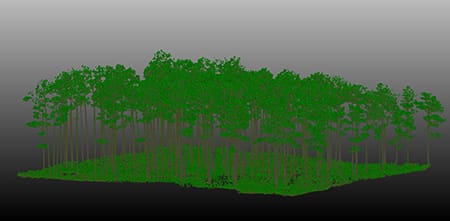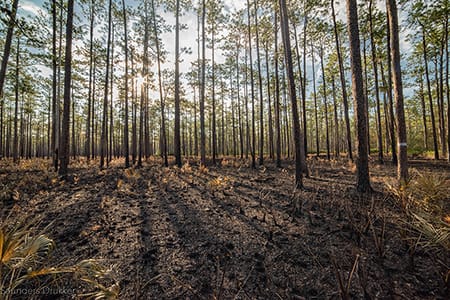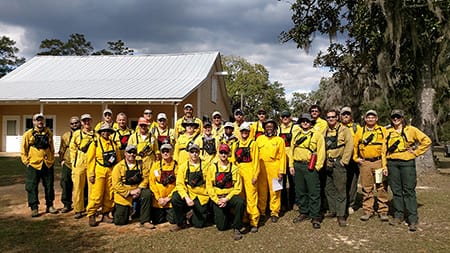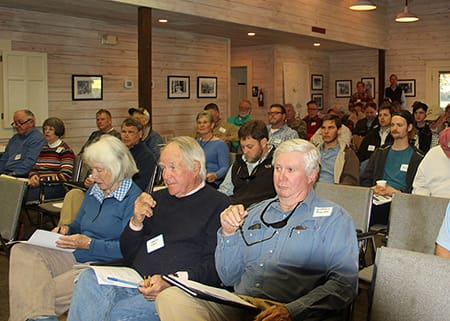This story was written by Elena Grandbois. She is a biological technician with Tall Timbers, monitoring native species such as the gopher tortoise as well as working with the Feral Pig Diet Study to aid in invasive species removal. She graduated from Smith College in 2022 with a degree in Biological Sciences and English Literature. Since then, she has been working for the National Park Service and Department of Natural Resources conducting wildlife conservation across the U.S.
Tall Timbers is seeking landowners and public participants to help us survey feral hog diets.
We are looking to take fecal samples from hogs killed in the following counties, Florida: Leon, Gadsden, and Jefferson; Georgia: Thomas, Brooks, Grady, Decatur, Colquitt, Mitchell, Baker, Miller, Dougherty, Worth and Lee. This study will help us understand what the hogs are eating, and what kind of destructive impact they are having on the landscape.
As an invasive species, feral hogs cause massive environmental and property damage each year in the U.S. Tall Timbers is continuing efforts to eradicate the hog population to preserve the ecosystems and protect property in the greater Red Hills region.
Previous Tall Timbers studies revealed that the presence of feral hogs alters and discourages activity by other native wildlife. These studies also demonstrated that hogs prefer to rest in fire suppressed habitat, where the dense undergrowth shelters them and aids in thermoregulation. Results from these studies illustrated the negative effect feral hogs have on native wildlife, including game species, and aided in the targeted removal of feral hogs.
Read about our previous feral hog research
With a huge home range, where do feral hogs like to hang out?
Feral hog study: Game species alter habits when pigs are present
Tall Timbers has received a new grant to study feral hog diets.
As omnivores, hogs are consuming both plants and animals, and understanding what specific vertebrates they’re consuming gives us a more complete picture of their impact on the ecosystem. By using eDNA analysis on hog fecal matter, we can determine their diet preferences, and we hope to see how those preferences change seasonally. This helps us not only determine exactly what negative impact they’re having on the environment, but also helps us track them down to better trap and eradicate them.
We are also including parasite analysis to see what parasites they’re spreading, and further demonstrate their harm to the environment and other wildlife. The more we learn about these animals, the easier it is to demonstrate the scale of their impact and increase efforts and funding to reduce and remove them.
If you kill a feral pig in one of the counties listed above please call the number below and one of our biologists will come to take measurements of the animal and a fecal sample. The measurements allow us to determine if diet differences exist between pigs of varying gender and size.
We look forward to your cooperation and support! If you have any questions or have a deceased pig for us to sample please do not hesitate to reach out to us at: 850-893-4153 ext 365.






